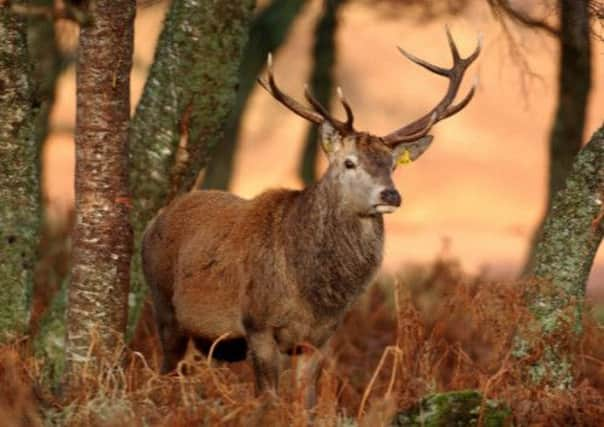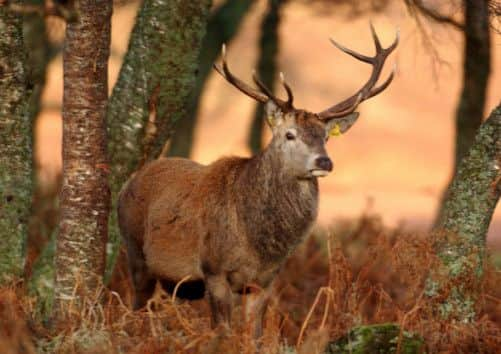Scots deer population must be managed, MSPs told


Environment groups warned that the public interest is often overruled by private interests.
The accusation was challenged by sporting and estate representatives, who say local management groups are doing a good job but concede accountability could be improved.
Advertisement
Hide AdAdvertisement
Hide AdMembers of Holyrood’s Rural Affairs, Climate Change and Environment Committee are looking at deer management two years after changes to legislation brought in a code of conduct.


Duncan Orr-Ewing, head of species and land management at RSPB Scotland, told the committee: “It’s very difficult to have a proper debate about this when we don’t have an effective deer management plan. We have a voluntary approach.
“Sixteen out of 42 deer management groups have a deer management plan. Most of these plans have been developed by the deer management groups themselves.
“They have not had proper consultation, they don’t recognise to a large extent the public interest, including things like wildfire, people and protection, some of the issues like woodland expansion.
“We do think there is an urgent need for an effective deer management plan and system in Scotland that recognises all of these wider public interests, and we don’t have that.
“The private interest very much subsumes the public interest in the development of these plans.
“For any other land-use sector you can think of there is usually at least an over-arching plan in place for natural resource management.”
Concerns include the large numbers of deer roaming the country.
Advertisement
Hide AdAdvertisement
Hide AdMost recent population estimates suggest as many as 400,000 red deer, which is an increase of up to 80% since the 1960s, according to Scottish Parliament researchers.
Mike Daniels, head of land and science at the John Muir Trust, said: “Whenever someone tries to reduce deer numbers in conservation interests or in the public interest there is a big outcry from neighbouring sporting estates, saying their livelihoods is in danger and it’s all terrible.
“I think that demonstrates the current system doesn’t work. It causes a lot of conflict, it causes bad feeling locally.”
Dr Maggie Keegan, head of policy and planning at the Scottish Wildlife Trust, said: “We should be seeing significant changes in the environment and I just don’t think we’re there yet.
“If you drive up and down Scotland looking for a natural tree line, looking for montane scrub, you just don’t see it pretty much anywhere apart from two kilometres close to the Cairngorms.”
Richard Cooke, chairman of the Association of Deer Management Groups, said the national approach strikes a balance.
“We like the fact there is a good balance between environment, economy and communities, and that they’re all inseparable and need to be taken account of in every economic or environmental management activity we undertake,” he told the committee.
The standard of accountability ranges from good to bad, he added.
Advertisement
Hide AdAdvertisement
Hide Ad“There is certainly more work to be done in that respect,” he said.
“This is the culture change that the code is in the process of bringing about. Certainly, deer management groups need to be more inclusive.”
Getting the deer population to a level suitable to everyone is very difficult, he said.
Jamie Williamson, representing Scottish Land and Estates, said grazing has decreased over generations.
“200 years ago we had far more cattle, sheep, feral goats, horses on our hills,” he said.
“These have transformed to mainly sheep. In the last 10 years alone we’ve had 1.4 million sheep coming off our hills.
“The impact of that is we’ve gone from a situation where in 1800 you could regard as overgrazing to a situation where you’re getting rank vegetation, we’re getting wildfire problems.”
The country is in danger of losing biodiversity, he suggested.
“Though the sheep have come off by one and a quarter million in the last 10 years, that has been in no way replaced by the deer. The deer numbers have been relatively static,” he said.